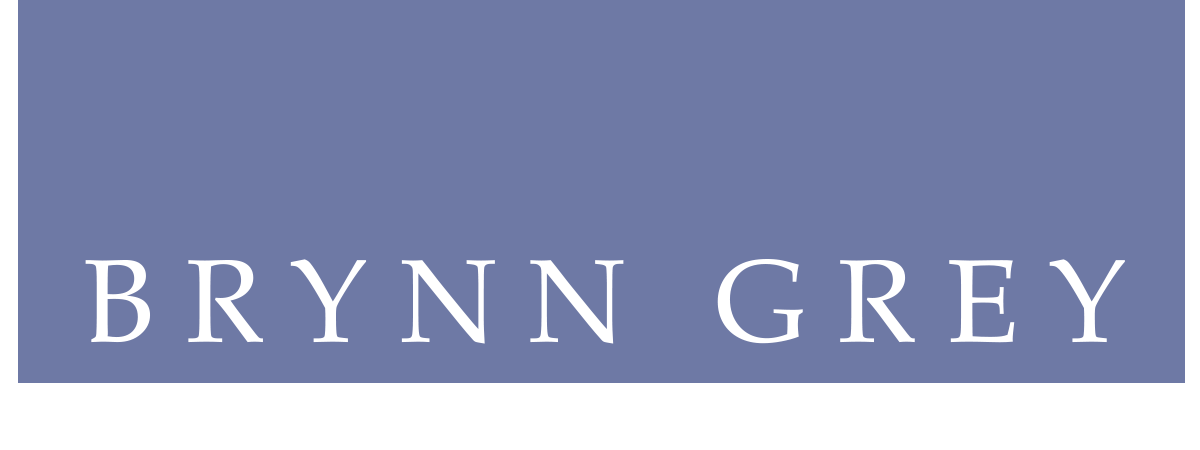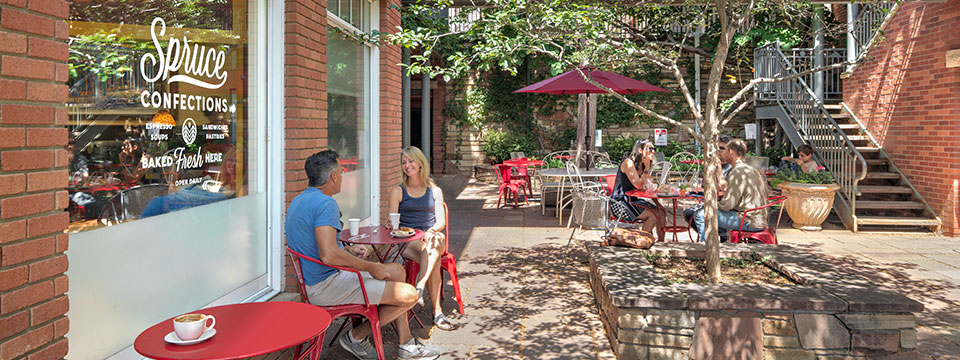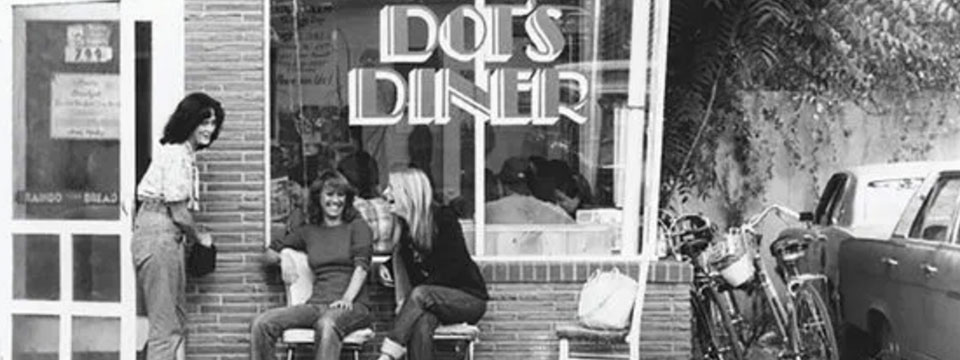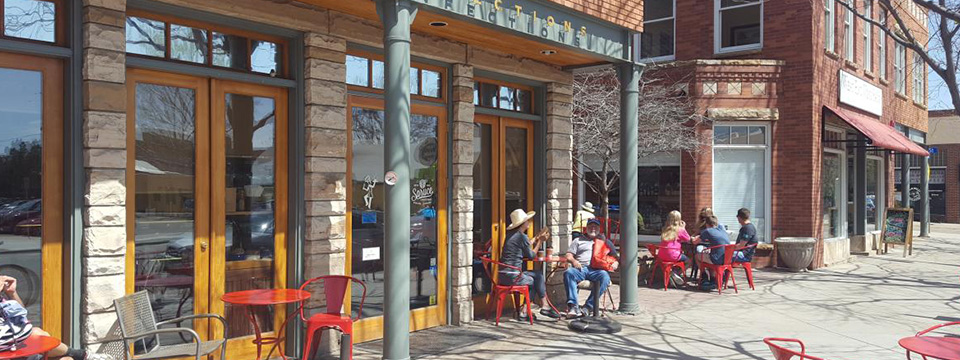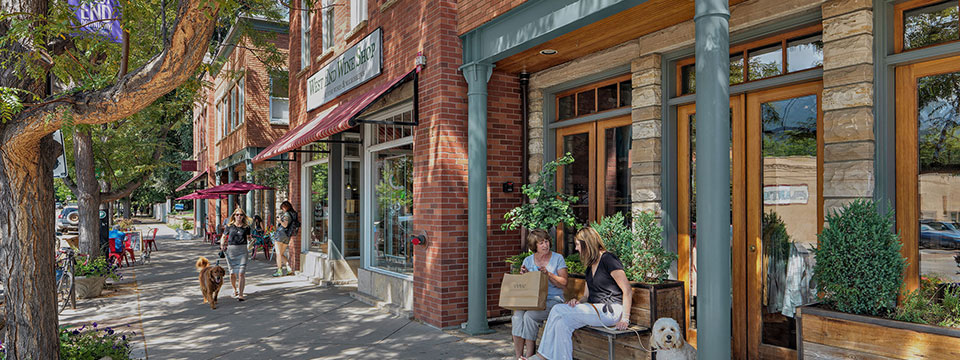Shops at 8th and Pearl
The site was an abandoned gas station with an environmental nightmare — leaking underground storage tanks in a dense urban location. The exact cost to remediate was unknown, but could have been over $1 million; the potential environmental disaster risked making it an economic disaster.
Before we could do anything, we had to solve the environmental problems and figure out a way to mitigate the risk posed by open ended remediation costs. We came up with a creative solution whereby prior to purchasing the property we fronted the clean-up costs up to an agreed limit and secured those costs by a first deed of trust against the property. In so doing, the seller had the benefit of our expertise in coordinating the investigation and remediation; however, we avoided open ended environmental liability for a problem which was clearly the seller’s responsibility.
Beyond the environment, the property confronted another problem — obtaining financing. At the time, mixed use was not yet in vogue and traditional retail lenders — banks and regional life insurance companies — were not interested in being tethered to the residential portion of the project and residential lenders — bound by Fannie Mae and Freddie Mac guidelines — could not encumber the residential interests with commercial or retail uses. In response, although connected physically, on paper we legally divided the retail / commercial and residential portions of the project into separate distinct tracts and defined the relationship between the tracts and different uses through a Reciprocal Easement Agreement. In so doing, each lender’s underwriting requirements were met and the project financed.
In voting to award the project the Congress of New Urbanism’s highest award — the Charter Award — a juror described it as, “An important prototype.”

